Info time 
Large sun spot setting sights on Earth, solar flares & aurora borealis possible this week

----------------------------
Life scientists unlock mystery of how 'handedness' arises




Large sun spot setting sights on Earth, solar flares & aurora borealis possible this week
Large sun spot setting sights on Earth, solar flares & aurora borealis possible this week
The sun is active again. A very large sun spot has rotated around the sun and is now about to face directly toward the Earth.
This sun spot, known as AR1476, burped out a pair of solar eruptions on May 7 and hurled coronal mass ejections (CMEs) toward Earth.
This sun spot, known as AR1476, burped out a pair of solar eruptions on May 7 and hurled coronal mass ejections (CMEs) toward Earth.

----------------------------
Life scientists unlock mystery of how 'handedness' arises
The overwhelming majority of proteins and other functional molecules in our bodies display a striking molecular characteristic: They can exist in two distinct forms that are mirror images of each other, like your right hand and left hand. Surprisingly, each of our bodies prefers only one of these molecular forms.
This mirror-image phenomenon -- known as chirality or "handedness" -- has captured the imagination of a UCLA research group led by Thomas G. Mason, a professor of chemistry and physics and a member of the California NanoSystems Institute at UCLA.
Mason has been exploring how and why chirality arises, and his newest findings on the physical origins of the phenomenon were published May 1 in the journal Nature Communications.
"Objects like our hands are chiral, while objects like regular triangles are achiral, meaning they don't have a handedness to them," said Mason, the senior author of the study. "Achiral objects can be easily superimposed on top of one another."
Why many of the important functional molecules in our bodies almost always occur in just one chiral form when they could potentially exist in either is a mystery that has confounded researchers for years.
"Our bodies contain important molecules like proteins that overwhelmingly have one type of chirality," Mason said. "The other chiral form is essentially not found. I find that fascinating. We asked, 'Could this biological preference of a particular chirality possibly have a physical origin?'"
In addressing this question, Mason and his team sought to discover how chirality occurs in the first place. Their findings offer new insights into how the phenomenon can arise spontaneously, even with achiral building-blocks.
Mason and his colleagues used a manufacturing technique called lithography, which is the basis for making computer chips, to make millions of microscale particles in the shape of achiral triangles. In the past, Mason has used this technique to "print" particles in a wide variety of shapes, and even in the form of letters of the alphabet.
Using optical microscopy, the researchers then studied very dense systems of these lithographic triangular particles. To their surprise, they discovered that the achiral triangles spontaneously arranged themselves to form two-triangle "super-structures," with each super-structure exhibiting a particular chirality.
Mason has been exploring how and why chirality arises, and his newest findings on the physical origins of the phenomenon were published May 1 in the journal Nature Communications.
"Objects like our hands are chiral, while objects like regular triangles are achiral, meaning they don't have a handedness to them," said Mason, the senior author of the study. "Achiral objects can be easily superimposed on top of one another."
Why many of the important functional molecules in our bodies almost always occur in just one chiral form when they could potentially exist in either is a mystery that has confounded researchers for years.
"Our bodies contain important molecules like proteins that overwhelmingly have one type of chirality," Mason said. "The other chiral form is essentially not found. I find that fascinating. We asked, 'Could this biological preference of a particular chirality possibly have a physical origin?'"
In addressing this question, Mason and his team sought to discover how chirality occurs in the first place. Their findings offer new insights into how the phenomenon can arise spontaneously, even with achiral building-blocks.
Mason and his colleagues used a manufacturing technique called lithography, which is the basis for making computer chips, to make millions of microscale particles in the shape of achiral triangles. In the past, Mason has used this technique to "print" particles in a wide variety of shapes, and even in the form of letters of the alphabet.
Using optical microscopy, the researchers then studied very dense systems of these lithographic triangular particles. To their surprise, they discovered that the achiral triangles spontaneously arranged themselves to form two-triangle "super-structures," with each super-structure exhibiting a particular chirality.




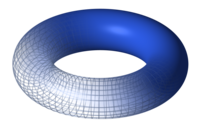

 ... see:
... see:  .... he is wearing a
.... he is wearing a 






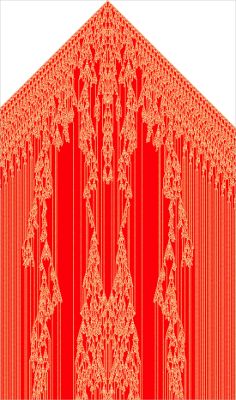
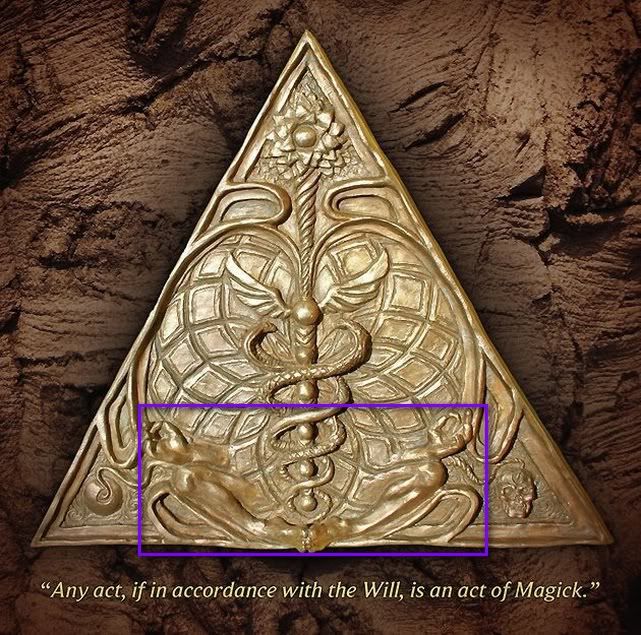

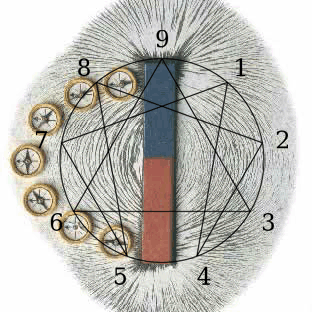
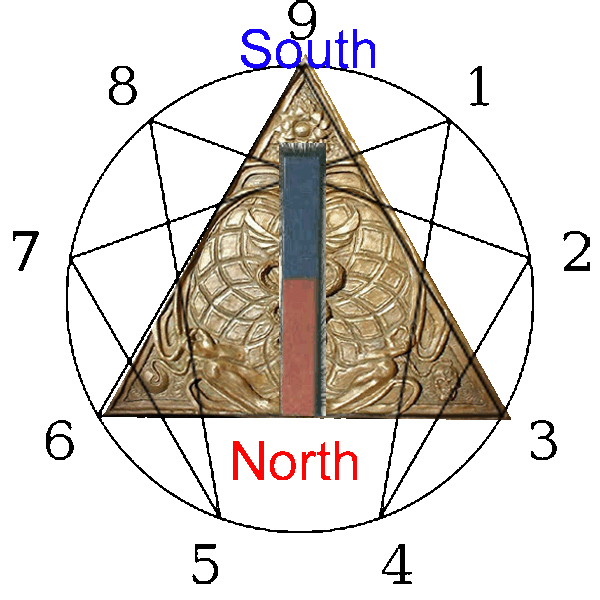
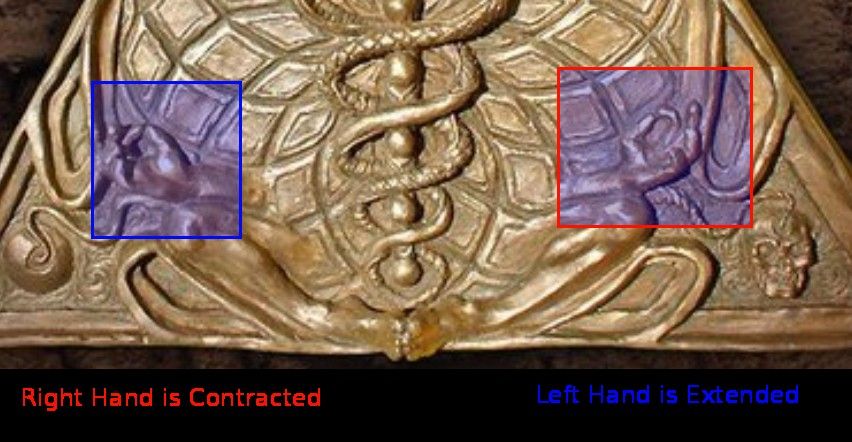
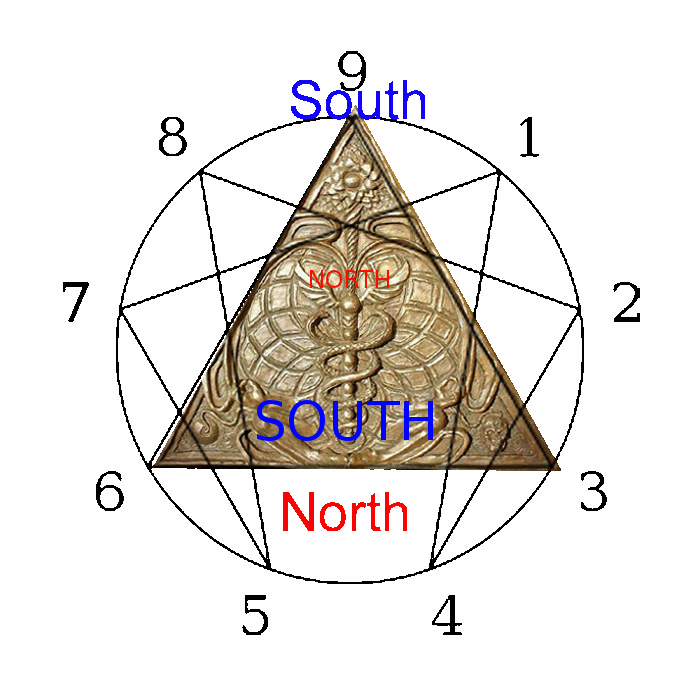




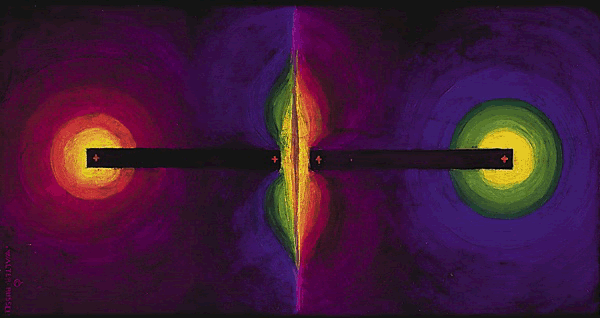
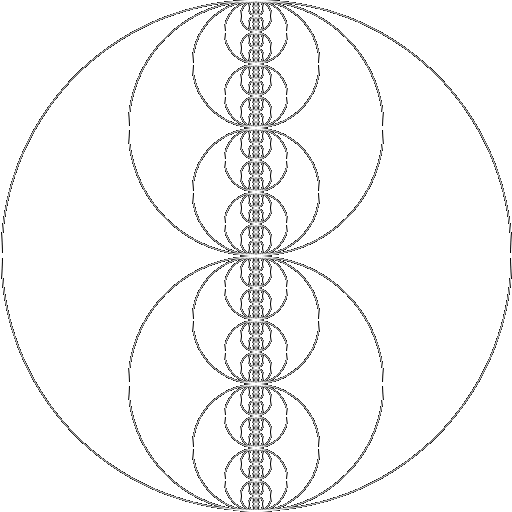




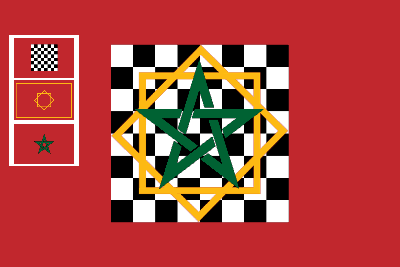



Comment